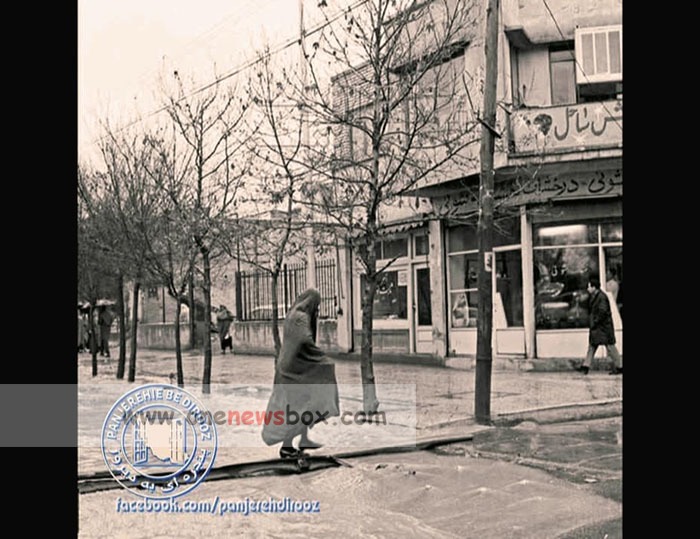[custom_adv]
- Sur-e-Srafil: This neighborhood, located not far from the Finance Palace, was another area severely impacted by the rains. Known for its busy commercial streets and dense population, Sur-e-Srafil was already a bustling area, and the flooding caused immense disruption. The water, which had rapidly risen due to the heavy rainfall, inundated both shops and homes, leaving business owners and residents to deal with the aftermath. This event revealed the vulnerabilities in flood control systems, especially in areas with higher human activity and infrastructure development.
- Darupakhsh Pharmaceutical Company: The Darupakhsh Pharmaceutical Company, an important player in the Iranian pharmaceutical industry, also suffered due to the flood. The company’s factory and headquarters were located in a part of Tehran vulnerable to flooding, and this storm proved to be a devastating blow. Water inundated the lower floors of the building, disrupting operations, damaging equipment, and leading to a temporary halt in production. The pharmaceutical sector, already under strain due to economic conditions and administrative challenges, was further impacted by the severe weather, leading to logistical problems in the supply of medications and pharmaceutical products to the wider population.
The Aftermath and Response
The aftermath of the flood was marked by extensive damage to property and infrastructure, but it also sparked a sense of urgency among the residents and authorities. The flood was a wake-up call for Tehran’s government and citizens about the need for better urban planning and flood prevention systems. The damage to buildings, roads, and critical institutions was substantial, and the city had to make significant efforts to restore order and mitigate the longer-term effects.

